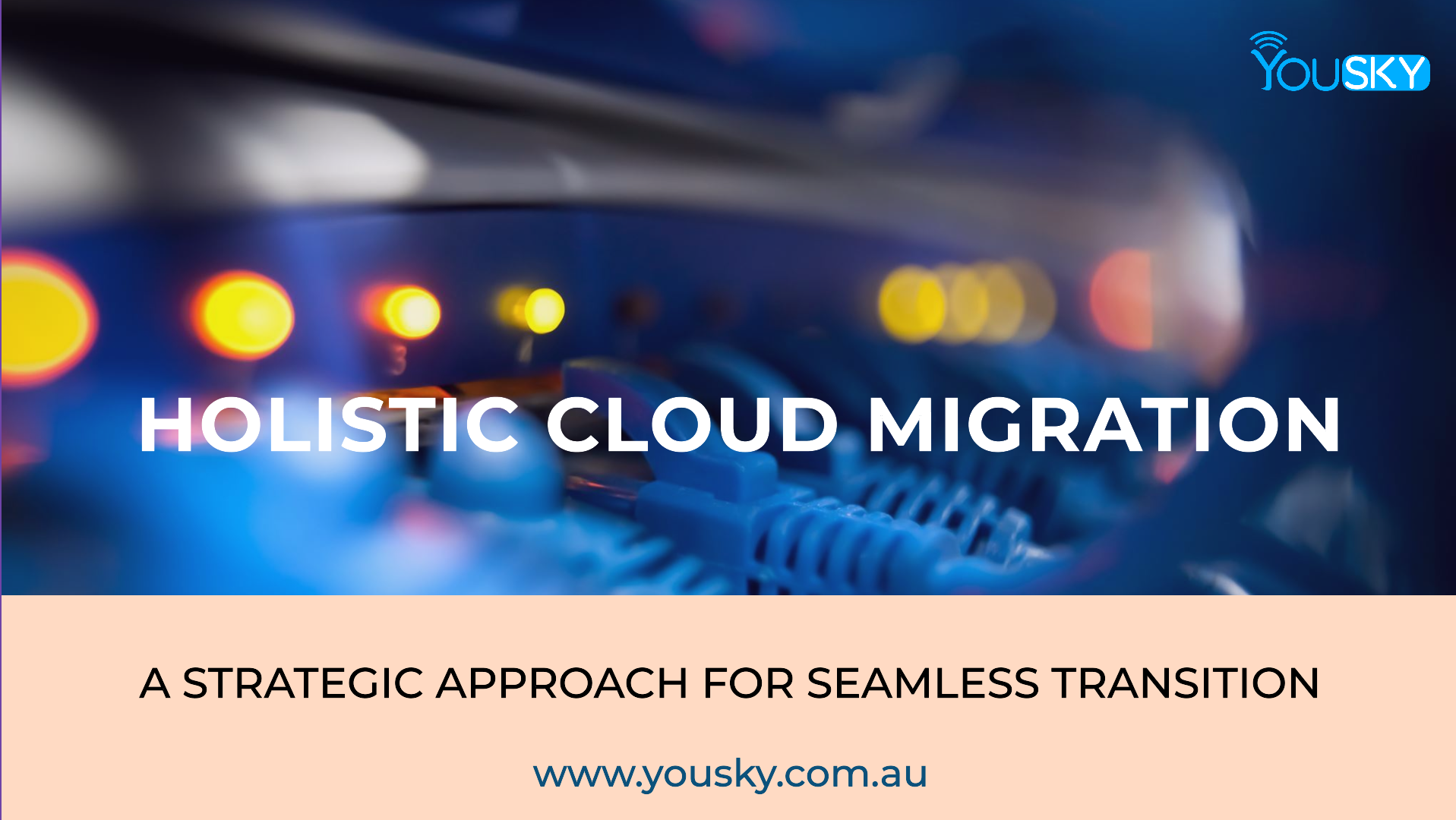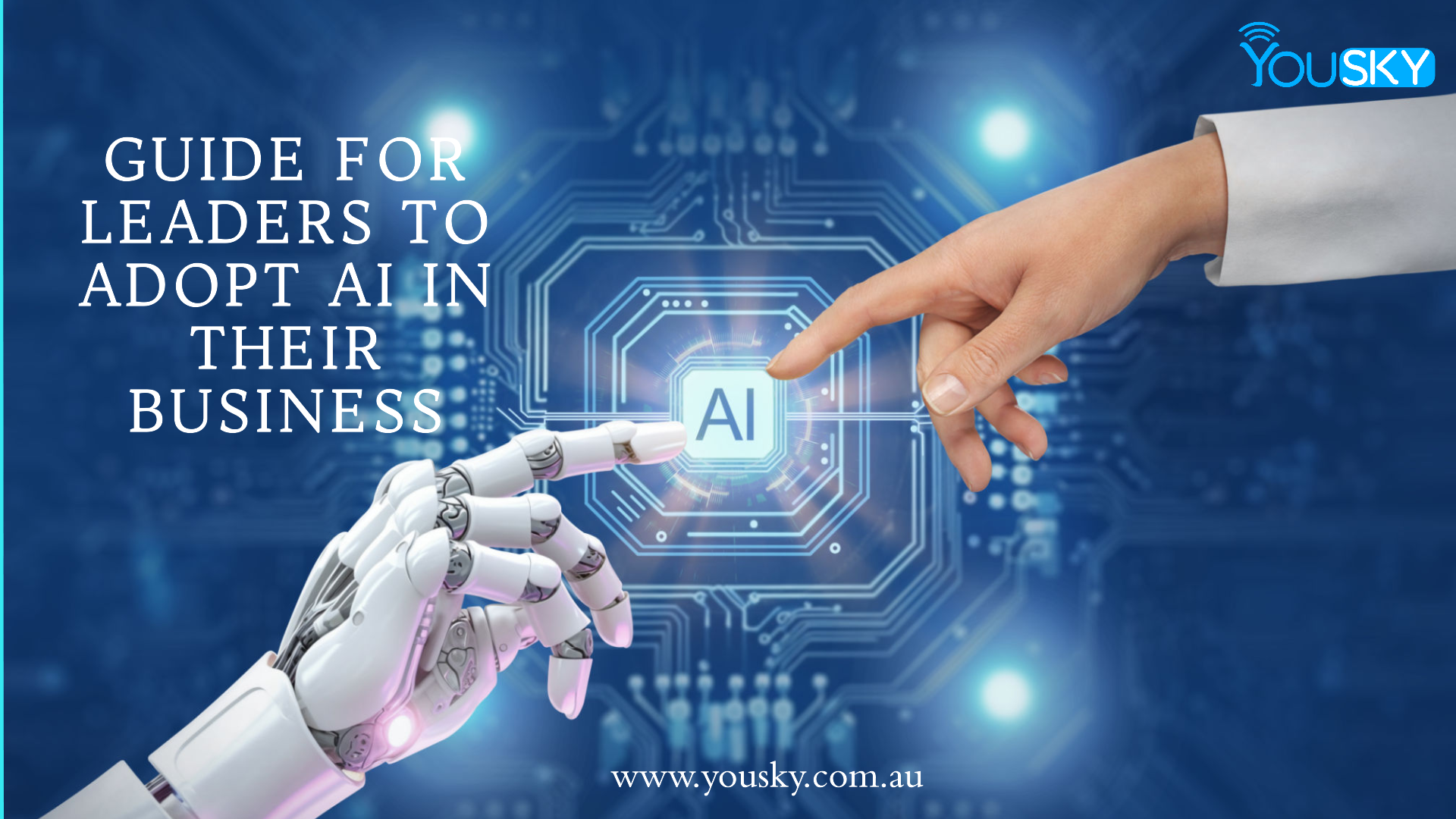
In today’s rapidly evolving technological landscape, enterprises are increasingly recognizing the need to migrate their workloads to the cloud. The journey from traditional on-premises infrastructure to cloud environments is a complex, multi-faceted process that requires strategic planning, precise execution, and continuous optimization. This article explores the key strategies for successful cloud migration, offering insights into best practices, common pitfalls, and the transformative potential of cloud adoption.
The Imperative of Cloud Migration
Cloud computing offers numerous advantages, including scalability, cost-efficiency, agility, and access to advanced technologies such as artificial intelligence (AI) and machine learning (ML). As businesses strive to stay competitive, migrating to the cloud becomes not just an option but a strategic imperative. However, the path to the cloud is fraught with challenges that require a well-thought-out strategy.
Key Strategies for Cloud Migration
1. Assess and Plan: Comprehensive Evaluation
The first step in any cloud migration journey is a thorough assessment of the existing IT landscape. This involves:
– Inventory Analysis: Cataloging all applications, workloads, and data.
– Dependency Mapping: Understanding interdependencies between applications.
– Cost-Benefit Analysis: Evaluating the financial implications of migration.
– Risk Assessment: Identifying potential risks and their mitigation strategies.
A detailed assessment helps in creating a robust migration plan that aligns with business objectives and minimizes disruption.
2. Define Migration Goals and KPIs
Clear goals and key performance indicators (KPIs) are essential for measuring the success of the migration. Goals may include reducing IT costs, improving scalability, enhancing performance, or accelerating time-to-market. KPIs should be specific, measurable, achievable, relevant, and time-bound (SMART).
3. Choose the Right Migration Approach
Depending on the complexity and requirements, there are several migration approaches to consider:
– Rehosting (Lift-and-Shift): Moving applications as-is to the cloud. This approach is quick and cost-effective but may not leverage all cloud-native features.
– Refactoring (Re-architecting): Modifying applications to better fit the cloud environment. This offers enhanced performance and scalability but requires significant effort and expertise.
– Replatforming: Making minimal changes to optimize applications for the cloud. It strikes a balance between lift-and-shift and full refactoring.
– Repurchasing: Moving to a different product, often a SaaS solution, that offers similar functionality.
– Retiring: Phasing out outdated or unnecessary applications.
– Retaining: Keeping some applications on-premises, typically due to compliance or legacy reasons.
4. Pilot and Test: Proof of Concept (PoC)
Before a full-scale migration, conduct a pilot with a small, non-critical set of applications. This helps in:
– Validating the migration plan.
– Identifying and addressing potential issues.
– Refining processes and tools.
5. Data Migration: Ensuring Integrity and Security
Data migration is one of the most critical aspects of cloud migration. Key considerations include:
– Data Integrity: Ensuring that data is accurately and completely transferred.
– Security: Protecting data during transit and at rest with encryption and robust access controls.
– Compliance: Adhering to regulatory requirements and industry standards.
6. Optimize and Modernize
Post-migration, it’s essential to optimize and modernize applications to fully leverage cloud-native features such as auto-scaling, serverless computing, and microservices. Continuous optimization involves monitoring performance, managing costs, and applying best practices for cloud architecture.
7. Change Management and Training
Successful cloud migration also requires addressing the human aspect of change. This includes:
– Training: Equipping IT staff and end-users with the necessary skills and knowledge.
– Communication: Keeping stakeholders informed and engaged throughout the migration process.
– Support: Providing ongoing support to address issues and ensure smooth transitions.
8. Establish Governance and Compliance Frameworks
Implementing robust governance frameworks ensures that the cloud environment is secure, compliant, and well-managed. This includes:
– Policies and Procedures: Defining clear policies for cloud usage, data management, and security.
– Compliance Monitoring: Continuously monitoring and auditing for compliance with regulatory requirements.
– Cost Management: Implementing tools and practices for effective cloud cost management.
Overcoming Common Challenges
1. Data Security and Privacy Concerns
Cloud environments introduce new security challenges. Enterprises must implement strong security measures, including encryption, multi-factor authentication, and continuous monitoring.
2. Application Compatibility and Performance
Not all applications are cloud-ready. Identifying and addressing compatibility issues is crucial for ensuring optimal performance post-migration.
3. Downtime and Disruption
Minimizing downtime during migration is critical for maintaining business continuity. Detailed planning, effective communication, and phased migration approaches can mitigate this risk.
4. Skill Gaps
The shift to cloud requires new skills and expertise. Investing in training and partnering with experienced cloud service providers can bridge these gaps.
The Transformative Potential of Cloud Migration
The transformative potential of cloud migration lies in its ability to fundamentally alter how businesses operate and innovate. By transitioning to the cloud, organizations can leverage scalable and flexible IT resources that adjust dynamically to workload demands, eliminating the need for costly and cumbersome on-premises infrastructure. This shift not only reduces operational costs but also accelerates time-to-market for new products and services, enhancing an organization’s ability to respond to market changes swiftly. Additionally, cloud platforms offer access to advanced technologies such as artificial intelligence, machine learning, and big data analytics, empowering businesses to extract actionable insights from vast amounts of data and drive smarter decision-making.
Moreover, cloud migration fosters a culture of agility and continuous improvement within organizations. With cloud-based environments, development and deployment processes become more streamlined and efficient through practices like DevOps and continuous integration/continuous deployment (CI/CD). This enables teams to experiment, iterate, and innovate more rapidly than ever before. Furthermore, the global reach of cloud services supports seamless collaboration across geographically dispersed teams, breaking down silos and fostering a more interconnected and collaborative work environment. Ultimately, cloud migration not only modernizes IT infrastructure but also acts as a catalyst for digital transformation, positioning businesses to thrive in a competitive, rapidly evolving digital landscape.
Conclusion
Cloud migration is a complex but rewarding journey that requires careful planning, strategic execution, and continuous optimization. By following best practices and addressing common challenges, enterprises can unlock the full potential of the cloud, driving innovation and business growth in the digital age. As the cloud landscape continues to evolve, staying informed and agile will be key to navigating the future of enterprise IT.


